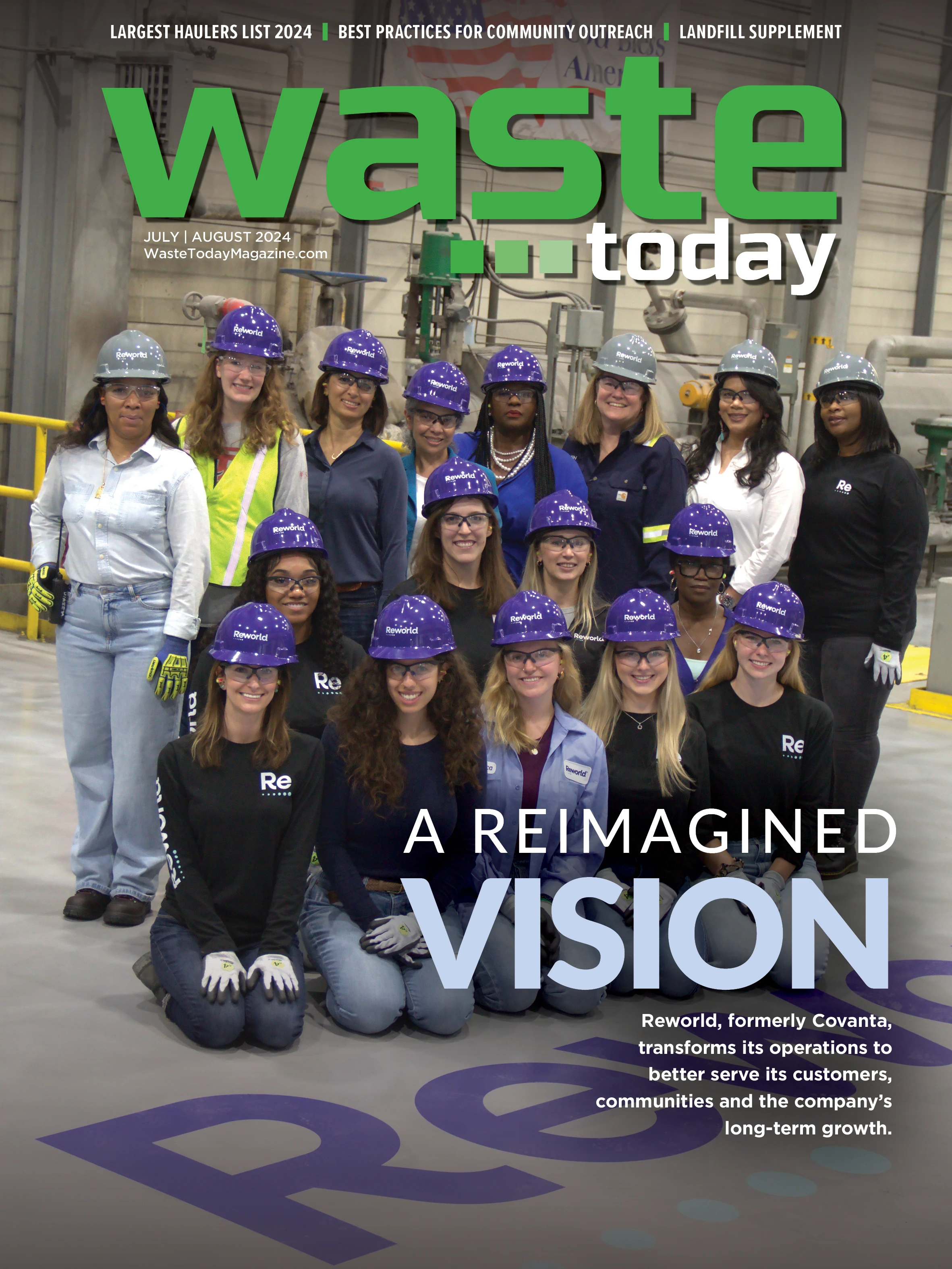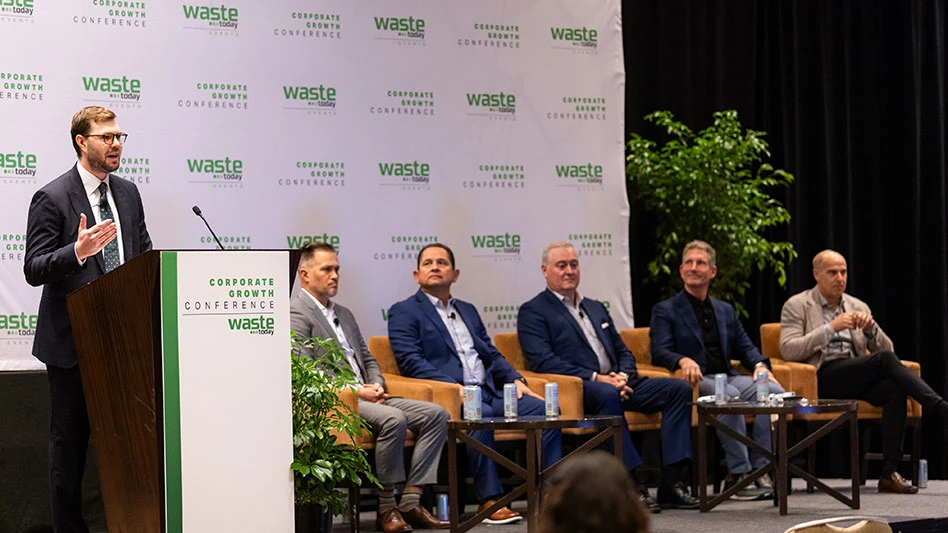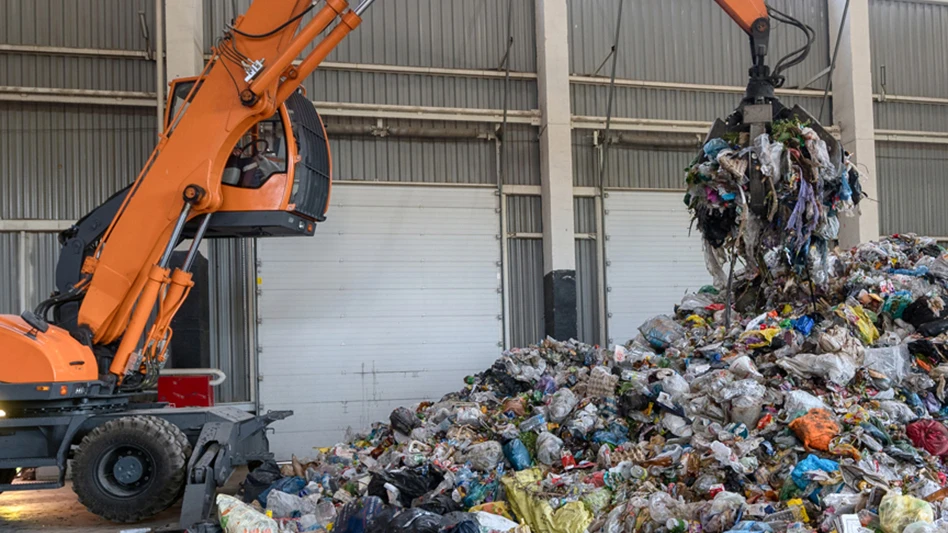
Data centers’ increasing demand for electrical energy supply, driven by the exponential growth of artificial intelligence (AI) applications and traditional data processing, poses a significant challenge.
This demand is expected to accelerate from a compounded annual growth rate of 12 to 15 percent to 25 percent in the coming years. The key driver is a substantial increase in power density design from 7 kilowatts to up to 50 kilowatts per data server rack. However, this surge in demand coupled with an anticipated electrical supply crunch hampers the growth potential for these data centers. This is primarily caused by limitations in power generation and transmission capacity.
According to the Paris-based International Energy Agency’s Electricity 2024 report, by 2030 data centers are projected to consume between 4.5 percent and 24 percent of the total energy generated in the world. These estimates are subject to broad uncertainty, but they highlight a significant upward trajectory. This indicates the pressing need to bridge the energy demand-supply gap in a cost-efficient manner while addressing the carbon intensity of the power grid that most data centers rely on.
Individual data center buildings within campuses exhibit substantial energy demand, ranging from 58 to 150 megawatts (MW) of total critical IT power, referring to the usable electrical capacity available for computing, servers and networking equipment, excluding the power needed for cooling and facility-related systems.
To address this energy demand-supply crunch and mitigate the strain on power generation and grid capacity, sustainable and cost-efficient solutions are required. One possible avenue lies in the implementation of self-consumption distributed energy generation systems specifically for data centers. This approach has gained popularity across various industries and applications and is being explored for data centers as well.
A notable example of using available fuel sources is Amazon Web Services (AWS), which purchased a data center campus situated at a nuclear power station in Pennsylvania. This case study exemplifies the potential for data centers to leverage available fuel sources for on-site electricity generation and to enhance material management circularity by diverting waste from disposal.
Promising solution
One promising solution is generating electricity through residual municipal waste material destined for disposal, from either single-stream recycling and processing facilities or from mixed-waste processing facilities that are integrated with significant single-stream recycling and organics programs. These materials include nonrecyclable program plastics as well as unrecovered cardboard and other paper materials, including soiled materials not accepted in organics collections.
These residual materials possess a high energy content ranging from 6,000 to upwards of 9,000 British thermal units per pound. By processing, cubing and delivering these residual materials as a solid fuel supply to an energy conversion system, like a dedicated boiler or fluid bed combustion system that includes power generation, data center facilities can harness this energy supply and generate electricity through steam generation and turbines.
In areas with proximity to population centers, an estimated 100 to 300 tons per day of residual materials potentially can be sized for energy generation in the 2 to 5 MW power generation level on a 24-hour, 365-day, year-round basis on-site. In addition to providing self-generation and independence from the grid, this approach would add significant greenhouse gas avoidance benefits from these materials not being sent to landfill for disposal.
To address the growing energy demand-supply gap in data centers, the adoption of cost-efficient and sustainable energy generation practices is imperative. Leveraging available fuel sources in proximity, such as tapping into the energy content of residual material from recycling facilities, offers a promising solution that must be more fully vetted.
These approaches help bridge the energy gap, contribute to circular material management and reduce the carbon intensity of the power grid. By embracing innovative energy generation techniques, data centers can meet their growing energy needs while fostering sustainability and resilience in digital infrastructure.

Explore the July/August 2024 Issue
Check out more from this issue and find your next story to read.
Latest from Waste Today
- CAA submits final draft program plan in Oregon
- Washington city adds organics collection to waste service
- Aspen Waste Systems expands into Denver-metro market
- NYSAR3 seeks respondents to commercial recycling survey
- Aemitis AD system goes online
- Liebherr breaks ground on logistics center
- Rubicon appoints new CFO
- Nexus W2V attracts funding for waste conversion project in Indiana





